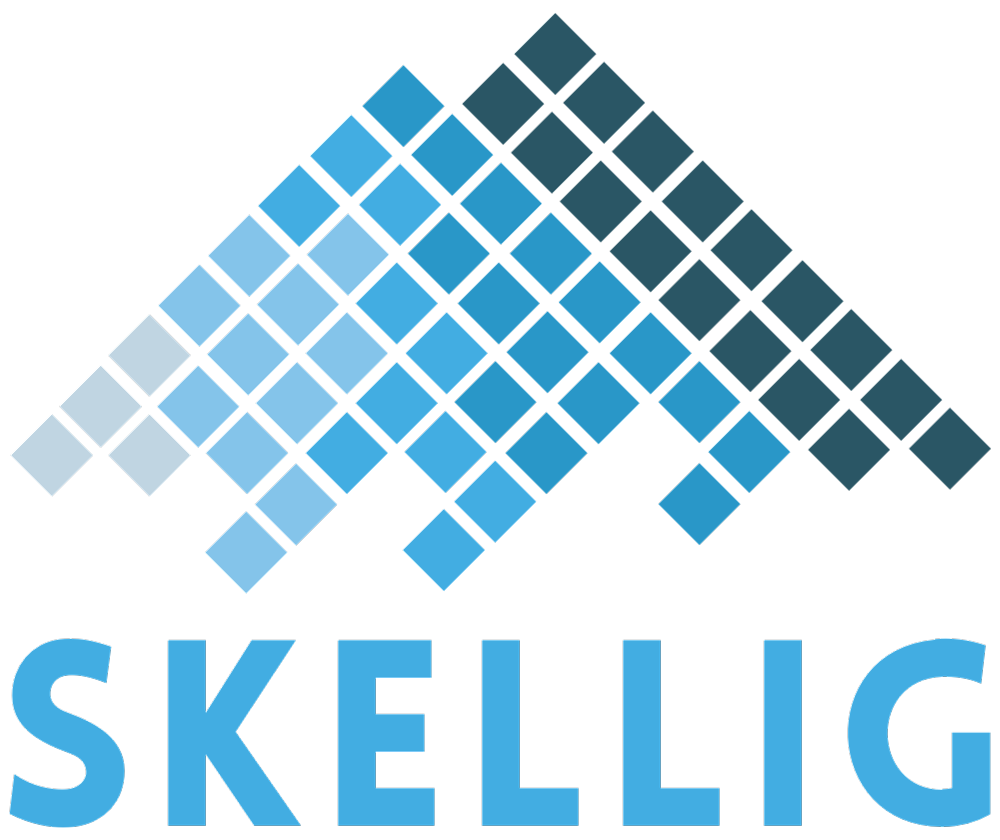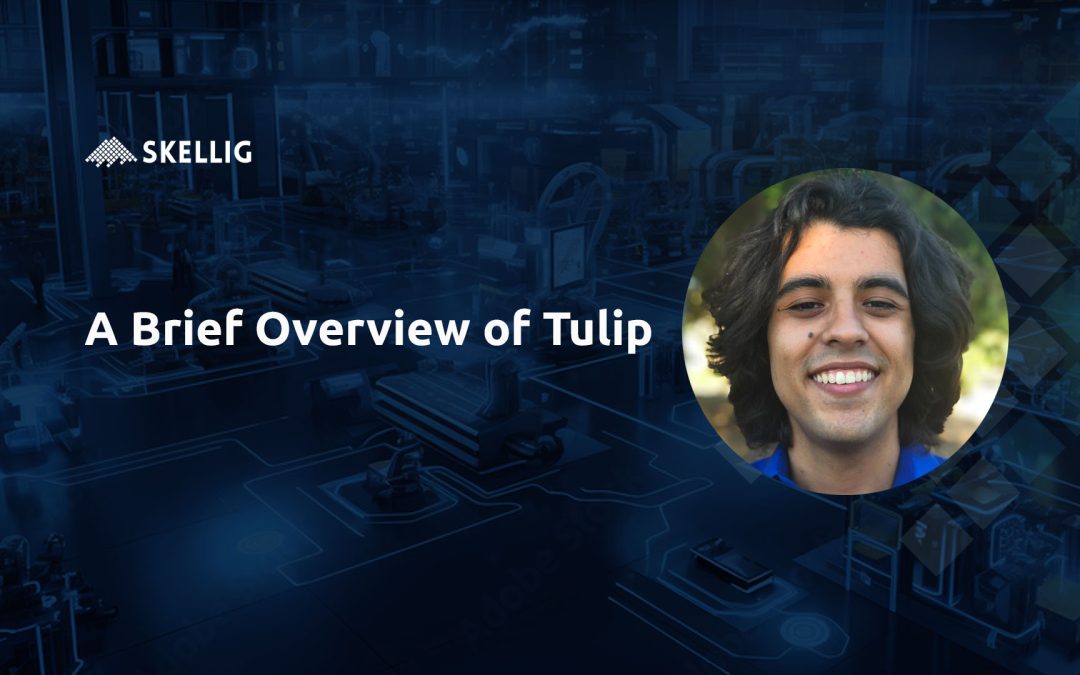Over the past few years, a new software platform has been generating buzz in the manufacturing space across a huge number of industries, having been featured as a Challenger in Gartner’s Magic Quadrant for MES for three years in a row. This platform is Tulip, and its mission is to revolutionize how manufacturing software is used to enhance and augment manufacturing processes and workflows. The purpose of this article is to quickly explain what Tulip is and the platform’s strengths.
What is Tulip?
Tulip is a “no-code” software platform that allows users to build apps that are specifically tailored to an organization’s existing manufacturing processes. It is important to immediately point out that despite being included in Gartner’s MES report, Tulip does not consider itself an MES. Tulip prefers to refer to itself as a “frontline operations platform” that can carry out the functions of a “next-generation MES ”. While this may come off as a simple semantics difference, the purpose of making this distinction is to drive home the fact that Tulip is concerned with addressing issues/problems with operations before anything else.
“No-code” means that app builders don’t need to write a single line of script-based code to make a fully functioning application. To make an output of “Hello World!” using C#, a very common scripting language, the code would look something like this:

Doing the same in Tulip would look something like this:

All “code” is “written” by selecting contextualized dropdown options. The only typing needed in this example is entering “Hello World!” into the text field. This no-code environment lends itself well to Tulip’s citizen developer model. This model is based on the belief that the operators who will be using the apps day-to-day should be the ones to build the apps (or at least have strong input into an app’s design). By simplifying the programming of apps, Tulip can democratize the app development process to ensure a better end product.
This is a very different experience than a traditional monolithic MES. Typically, organizations are handed a huge software platform that has very rigid, pre-defined functions. This often puts organizations in tricky situations where processes need to be changed to fit within the framework of how the MES functions whether it makes sense for the process or not. Furthermore, a monolithic MES is usually incredibly complex and needs highly skilled engineers to adjust or make changes to the system.
Tulip’s Strengths
Ease of Implementation
As mentioned above, Tulip’s no-code programming and operator-first philosophy make it simple for frontline operations personnel to adopt and use Tulip apps. All well-designed Tulip apps should inherently be easy to follow and intuitive. To assist with app design, Tulip has a library of apps that can be downloaded from their website to give app builders a starting point. Tulip also natively integrates with many different software systems such as SAP HANA, Jira, and NetSuite using HTTP and SQL connectors. Tulip can pull data from physical equipment using the OPC UA communication protocol and MQTT support being rolled out shortly. Finally, Tulip can be used on desktops, laptops, tablets, and mobile devices making it easy to implement in a variety of physical locations/environments.
Agile Development Cycle
Developing Tulip apps is best carried out using an agile software development methodology. The development style is highly flexible and leverages frequent stakeholder input sessions to deliver and iterate on results very quickly. Short-term deadlines encourage efficiency and working in sprints that range from weeks to months ensures that any new software developments can be incorporated into the final product. This method also allows Tulip to deliver value more quickly. An organization can start using Tulip as soon as the first app is completed and ready for production and continue expanding Tulip’s footprint as more apps become production-ready.
This is very different from traditional MES projects which are usually developed using a waterfall methodology. Waterfall development is inflexible and seeks to meet goals and objectives established at the beginning of a project. Stakeholder input is not regularly received. Waterfall development usually follows a linear path and will deliver a single final product at the end of a project which could take months or years to complete. This style of development does not typically provide value until the end of the project.
Contact Us to Learn More!
Tulip is a promising new software platform that is positioned to shake up the MES space despite not being a clear-cut MES. It promises to be a simpler, easier-to-implement alternative to legacy systems that have dominated the MES market for well over a decade. If your organization is interested in learning how Tulip can help streamline Life Sciences manufacturing, please reach out to a representative from Skellig today!

